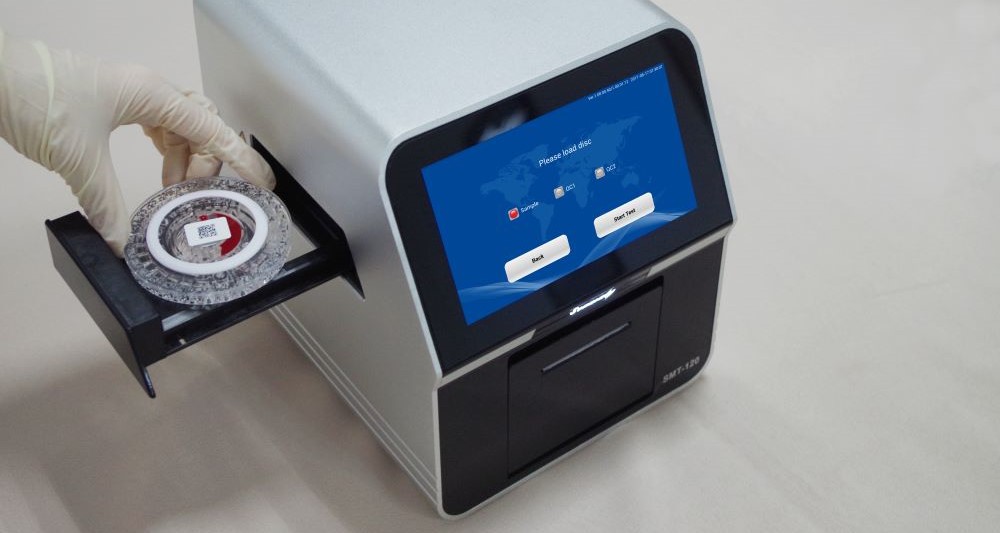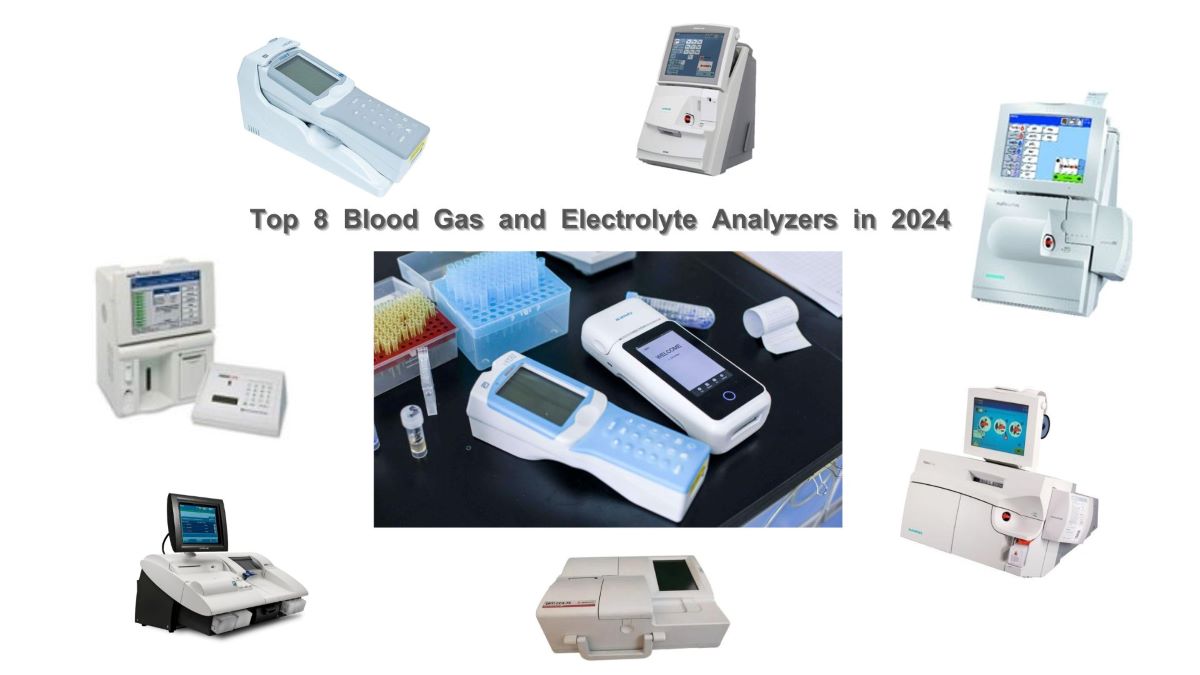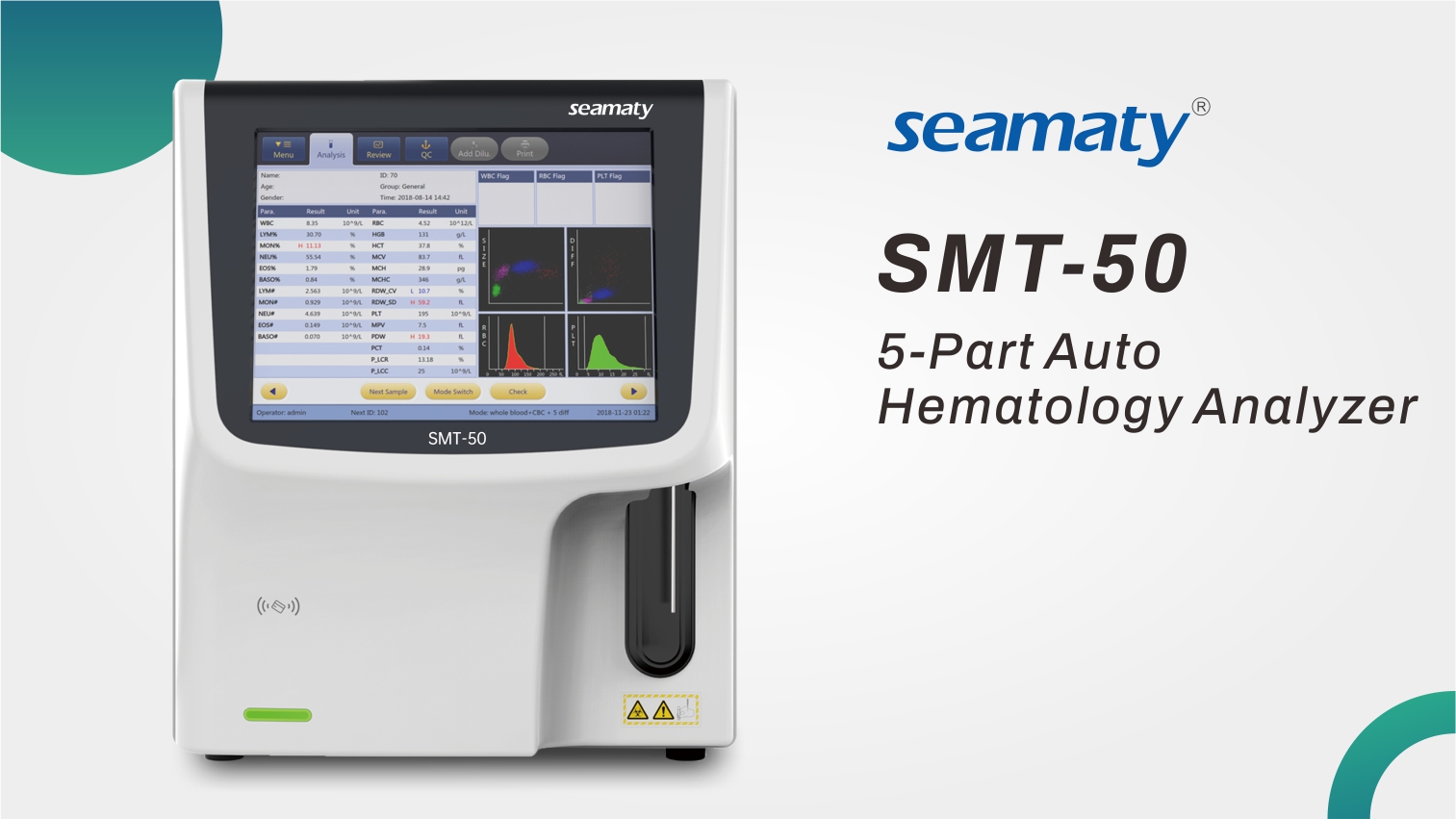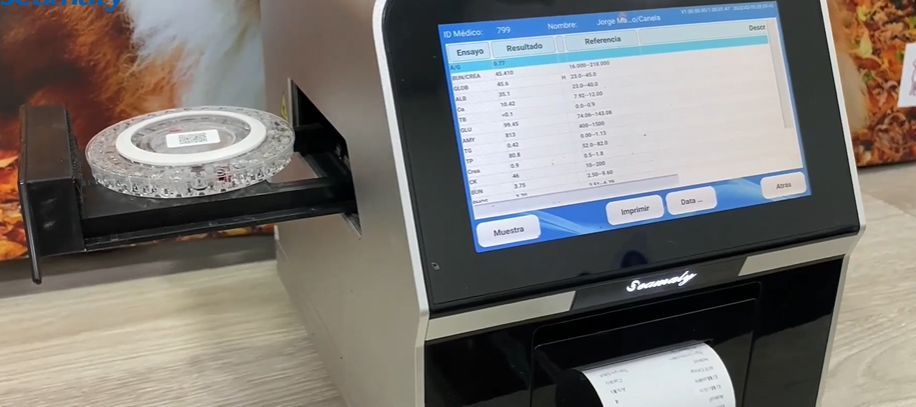release time:2023-04-17 13:19:49
Clinical chemistry analyzers are vital tools used in laboratories to perform a wide variety of tests. These tests are essential in the diagnosis, treatment, and monitoring of diseases. Accurate testing results are necessary to ensure that patients receive proper treatment. However, errors and pitfalls can occur during testing that can lead to inaccurate results. In this blog post, we will explore common errors and pitfalls in clinical chemistry analyzer testing and how to avoid them.

One of the most common errors in clinical chemistry analyzer testing is contamination. Contamination can occur during the collection, handling, and transport of samples. Even a small amount of contamination can affect test results. Examples of common sources of contamination include improper sample handling, dirty sample containers, and contact with contaminated surfaces.
Hemolysis is another common error that can occur during sample preparation. Hemolysis is the breakdown of red blood cells, which can release intracellular components into the sample. Hemolysis can affect the accuracy of several tests, including potassium, lactate dehydrogenase, and aspartate aminotransferase.
To minimize the risk of contamination and hemolysis, it is crucial to follow proper sample collection and handling procedures. This includes ensuring that samples are collected using sterile techniques, using clean sample containers, and handling samples carefully to avoid contamination and hemolysis.
Clinical chemistry analyzers are complex instruments that require regular maintenance and calibration to ensure accurate results. Malfunctions are a common error that can occur during testing. Malfunctions can be caused by various factors, such as power surges, mechanical issues, and software glitches. Malfunctions can lead to inaccurate test results and downtime, which can result in delays in patient care.
Calibration errors are another common error in clinical chemistry analyzer testing. Calibration is essential for accurate test results. Calibration errors can occur due to factors such as improper calibration procedures, outdated calibration standards, or poor instrument performance. Calibration errors can result in inaccurate test results, which can lead to misdiagnosis and improper treatment.
To minimize the risk of malfunctions and calibration errors, it is essential to perform regular maintenance and calibration of clinical chemistry analyzers. This includes performing routine maintenance procedures, such as cleaning and calibration checks, and ensuring that calibration standards are up-to-date.
Reagents are critical components in clinical chemistry analyzer testing. Reagents must be handled and stored correctly to ensure accurate test results. Improper reagent handling can lead to reagent contamination, which can affect test results.
Reagent storage is a common error in clinical chemistry analyzer testing. Reagents are sensitive to environmental conditions such as temperature and humidity. Improper storage conditions can affect the quality of the reagents, which can result in inaccurate test results.
Reagent contamination is another common error that can occur during testing. Contamination can occur during the preparation of the reagents or during the testing process. Contamination can affect the quality of the reagents, which can lead to inaccurate test results.
To minimize the risk of reagent handling errors, it is essential to follow proper storage and handling procedures. This includes storing reagents at the correct temperature and humidity, using clean and sterile containers for reagents, and avoiding contact with contaminated surfaces.
|
Error Type |
Description |
Effects |
Prevention |
|
Sample Contamination |
Contamination during sample collection, handling, or transport |
Inaccurate test results |
Follow proper sample collection and handling procedures, use clean containers, and avoid contact with contaminated surfaces |
|
Hemolysis |
Breakdown of red blood cells during sample preparation |
Affects accuracy of several tests, including potassium, lactate dehydrogenase, and aspartate aminotransferase |
Follow proper sample collection and handling procedures, use sterile techniques, and handle samples carefully |
|
Instrument Malfunctions |
Power surges, mechanical issues, software glitches, etc. |
Inaccurate test results, downtime |
Perform regular maintenance and calibration, monitor instrument performance |
|
Calibration Errors |
Improper calibration procedures, outdated calibration standards, poor instrument performance |
Inaccurate test results |
Perform regular maintenance and calibration, use up-to-date calibration standards |
|
Reagent Storage Errors |
Improper storage conditions, temperature, humidity |
Affects quality of reagents, inaccurate test results |
Follow proper storage and handling procedures, store reagents at correct temperature and humidity |
|
Reagent Contamination |
Contamination during preparation or testing |
Affects quality of reagents, inaccurate test results |
Follow proper storage and handling procedures, use clean and sterile containers, avoid contact with contaminated surfaces |
Clinical chemistry analyzer testing is an essential component of laboratory testing. Accurate testing results are necessary to ensure that patients receive proper treatment. However, errors and pitfalls can occur during testing that can lead to inaccurate results.
Common errors and pitfalls in clinical chemistry analyzer testing include sample contamination, hemolysis, instrument malfunctions, calibration errors, reagent storage errors, and reagent contamination.
To minimize the risk of errors and pitfalls in clinical chemistry analyzer testing, it is essential to follow proper sample collection and handling procedures, perform regular maintenance and calibration of clinical chemistry analyzers, and follow proper reagent storage and handling procedures. It is also important to train laboratory staff on proper testing procedures and to have a quality control program in place to monitor and evaluate testing results.
By being aware of these common errors and pitfalls and taking steps to avoid them, laboratory staff can ensure that patients receive accurate and timely test results. This can improve patient outcomes, reduce healthcare costs, and enhance the overall quality of laboratory testing.

2023-11-15
Explore the latest advancements in medical technology with our comprehensive guide to the top 8 blood gas and electrolyte analyzers in 2024. From handheld devices for on-the-go diagnostics to benchtop systems offering diverse testing parameters, discover the key features, testing times, and average prices of these cutting-edge analyzers. Stay informed for smarter healthcare decisions.

2022-09-15
Hematology analyzers (also spelled haematology analysers in British English) are used to count and identify blood cells at high speed with accuracy. Hematology analyzers are also an essential piece of medical equipment in hospital clinical laboratories and laboratories.

2022-06-21
Biochemistry analyzers are the devices that are used in the medical profession to measure various chemicals. These chemicals are used in diverse biological processes at various stages. But what about Veterinary Biochemical Analyzer? Are they worthy of vet equipment?